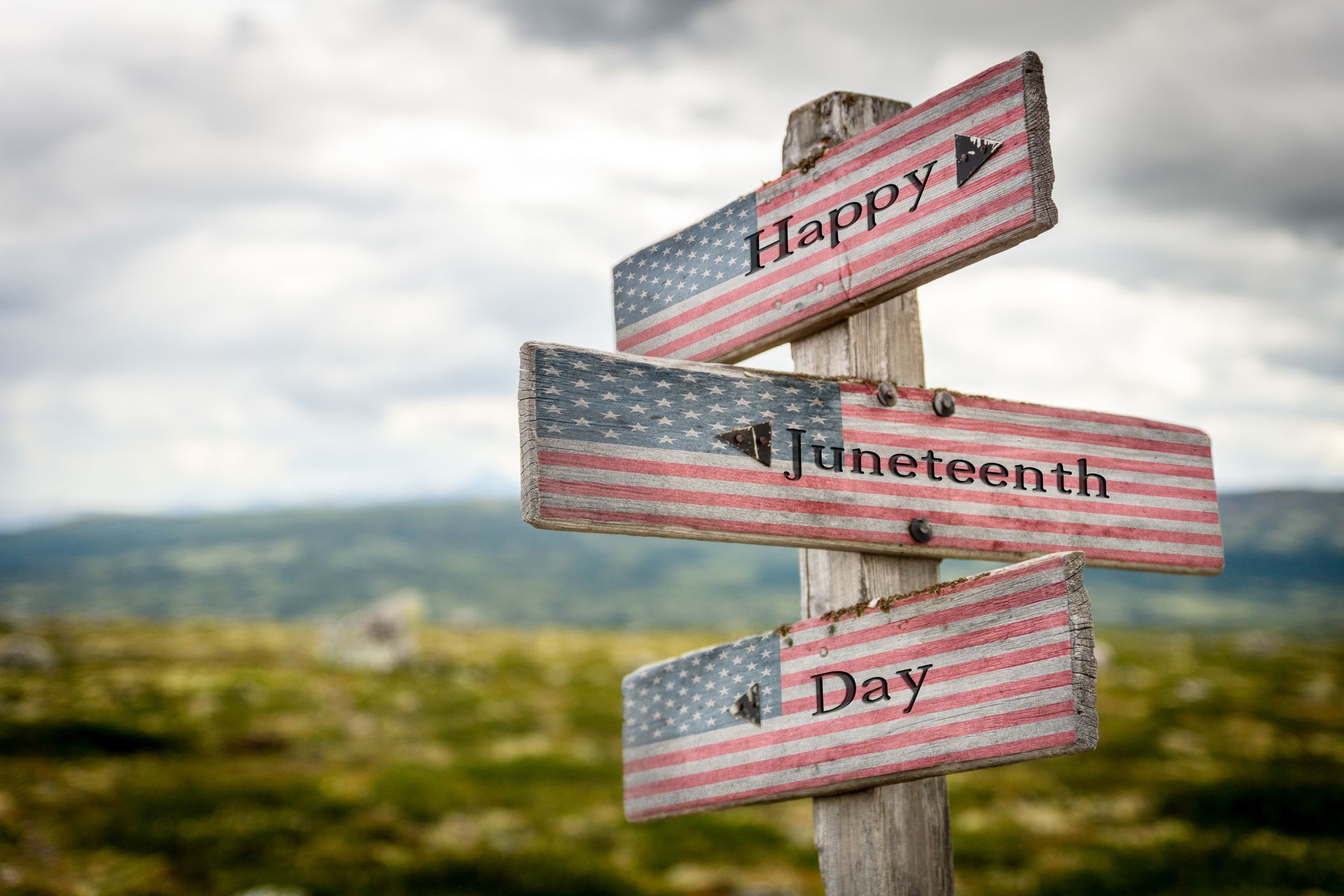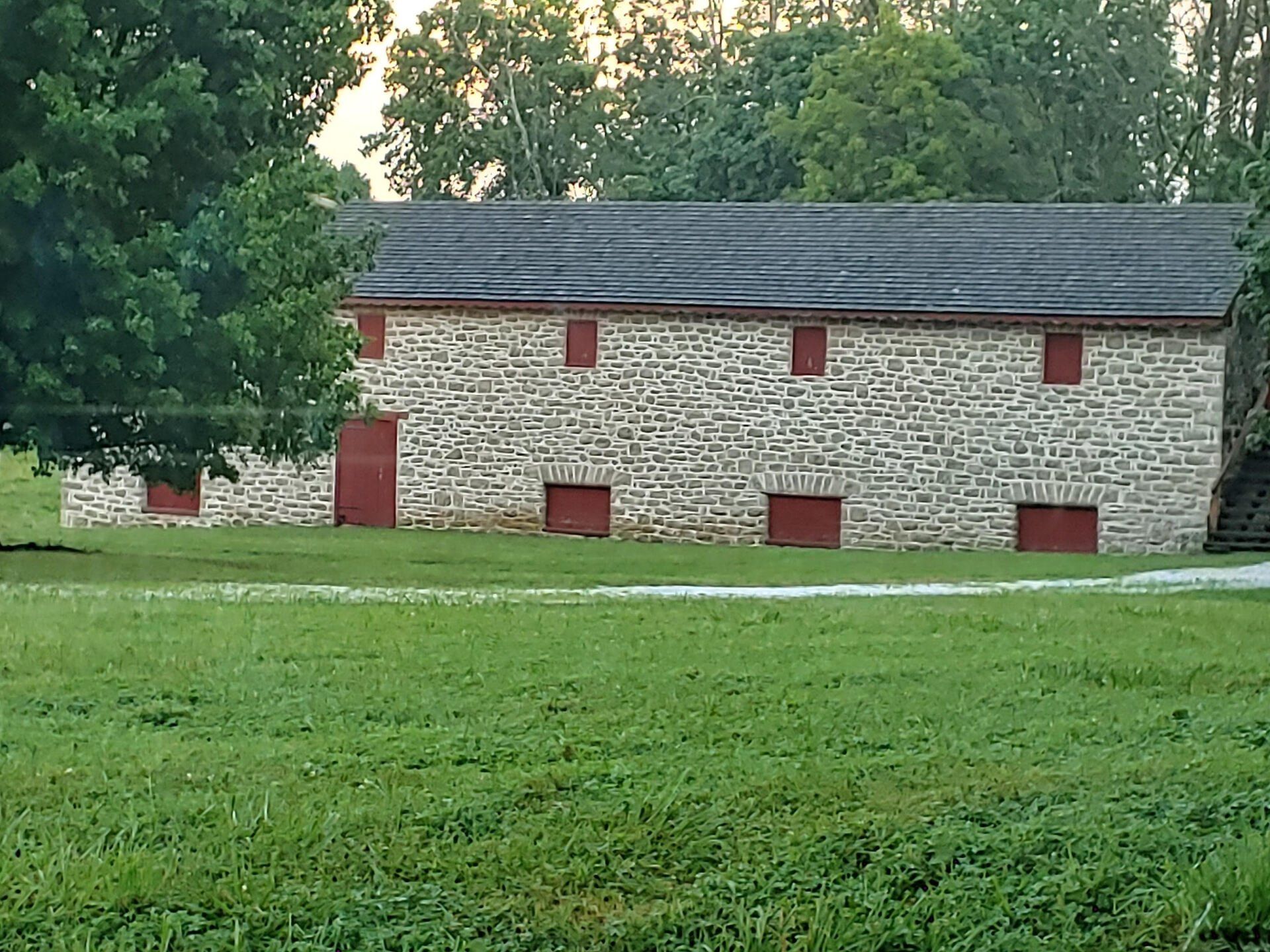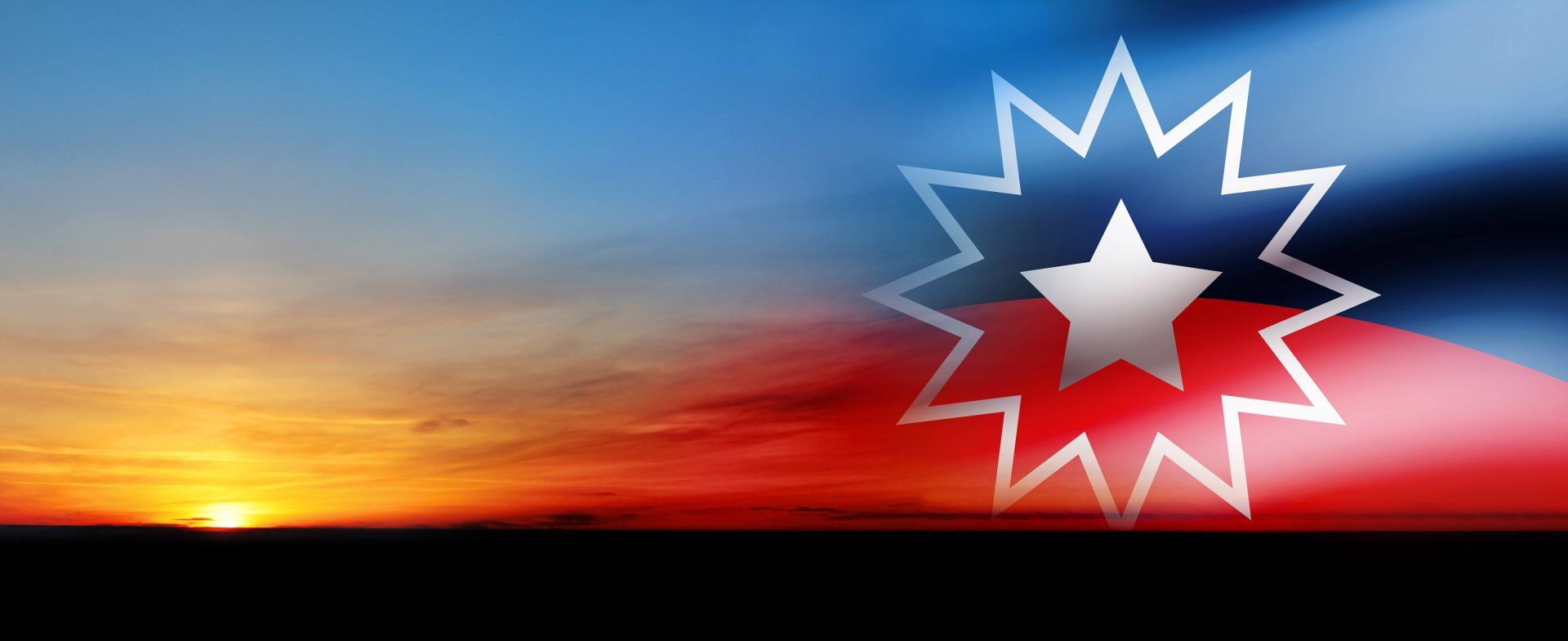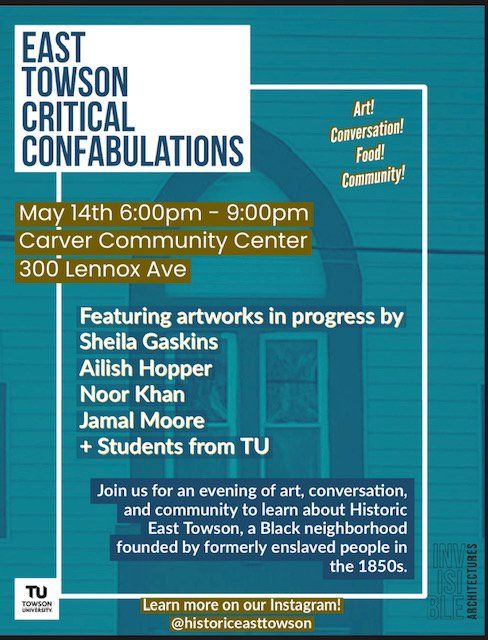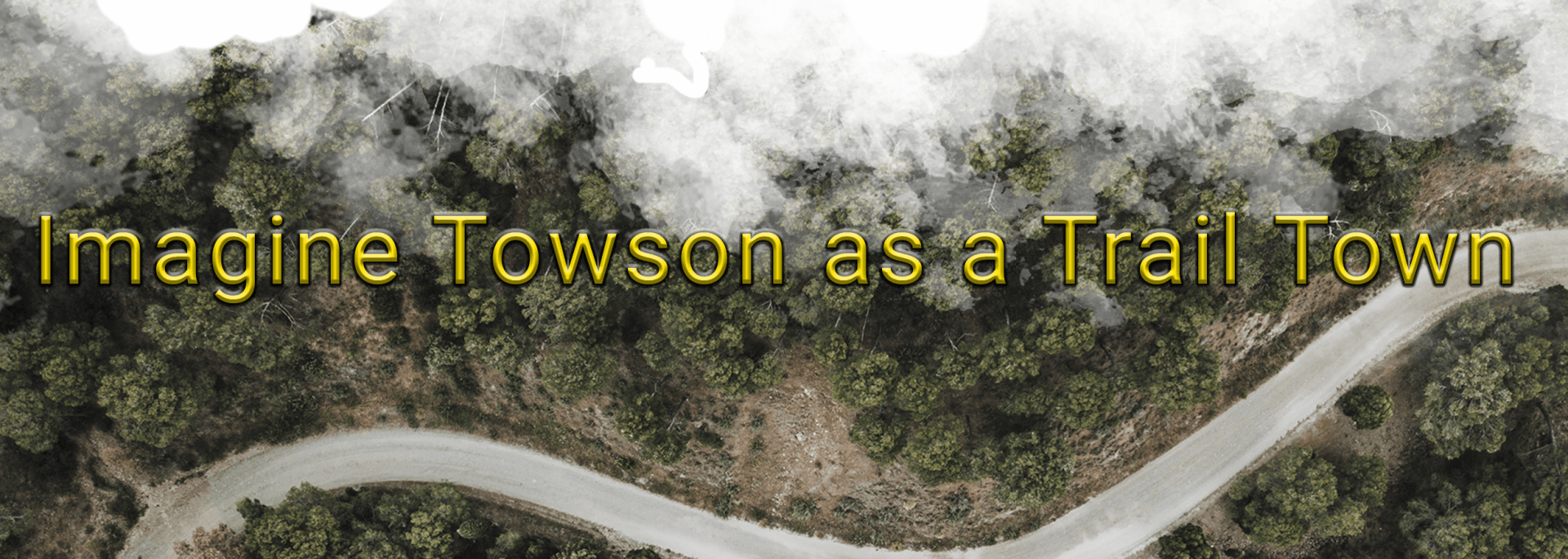The Facts About Juneteenth
Slave owners continued slavery beyond emancipation to get one more planting season.
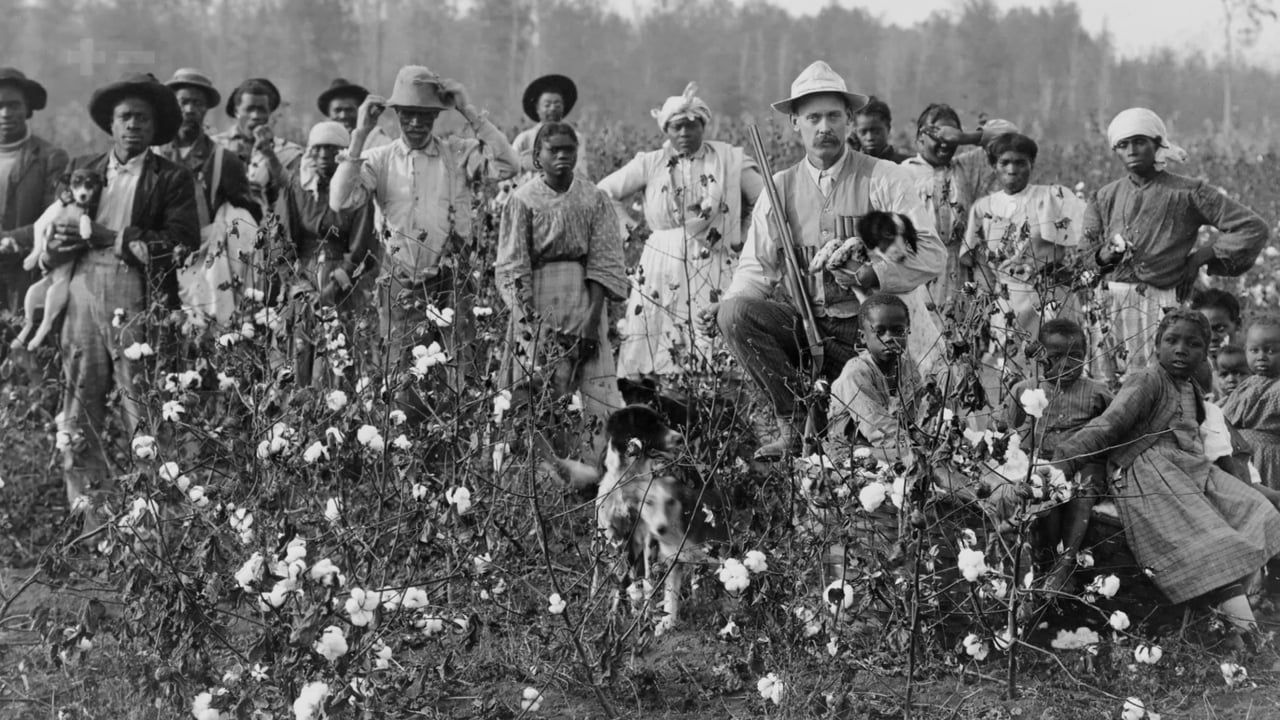
On a hot summer day on June 19, 1865, slaves in Galveston, Texas, learned the Civil War had ended and that they were free. It was two years after the Emancipation Proclamation when Major-General Gordon Granger arrived at Galveston Island, Texas, along with 2,000 Union Army troops and officially freed the enslaved with General Orders No. 3. “The people of Texas are informed that, in accordance with a proclamation from the Executive of the United States, all slaves are free.” Emancipation Day, otherwise known as Juneteenth, commemorates the date of Texas abolition.
Here are ten other interesting facts you should know about Juneteenth:
1. Because Texas was isolated geographically and not a battleground in the Civil War, slave owners continued slavery beyond emancipation to get one more planting season.
2. Some slaveholders migrated to Texas during the war to escape the fighting, bringing enslaved people with them and vastly increasing the enslaved population by the tens of thousands. Approximately 250,000 enslaved Texans had no idea that their freedom had actually been secured two years before.
3. Part of General Orders No. 3 encouraged newly freed people to stay on plantations and work for wages.
4. The time period after Juneteenth is known as the “scatter,” as the formerly enslaved went in search of lost loved ones or to build a new life in other parts of the country.
5. Texans began celebrating Juneteenth in 1866 by holding parades, cookouts, prayer gatherings, musical performances, and other cultural events.
6. When families left Texas to settle in other parts of the country, they carried their Juneteenth traditions with them.
7. Juneteenth has been known by other names such as Freedom Day, Jubilee Day, Emancipation Day, and even Cel-Liberation Day.
8. In 1872, four formerly enslaved men—Richard Allen, Richard Brock, Jack Yates, and Elias Dibble—raised $800 to purchase a parcel of land for Juneteenth celebrations. They named it Emancipation Park. It is still the site of celebrations in Houston, Texas, to this day.
9. Juneteenth celebrations nearly died out because of Jim Crow laws. Juneteenth was later revived during the civil rights movement.
10. Juneteenth officially became a Texas state holiday on January 1, 1980, making it the first state to grant this type of emancipation celebration. Today, at least 47 other states and D.C. have also formally recognized the day. On Tuesday, the Senate unanimously voted to pass a resolution establishing June 19 as Juneteenth National Independence Day. The measure has also passed the House of Representatives and awaits President Biden’s signature, which would make it an official federal holiday.
This project was funded through the NeighborSpace Portals for Our Partners Program and the United Way of Central Maryland
MENU
GET IN TOUCH
STAY CONNECTED
Sign up for our newsletter and find out more
Contact Us
Thank you for joining our community. We will protect and respect your information per our privacy policy.
Please try again later

